~ * ~
This article is written by Gloria Malouf-Marsh
Elk Meadows is a region in the Rocky Mountains. Many parks and trail systems boasts the Evergreen countryside. It is situated on 30 acres, right outside the entrance to Rocky Mountain National Park.
The scenery is vibrant. The atmosphere is fresh and brisk. The mountains are rugged towering to the skies. The pine, fir trees are carpeting the countryside. The animals are soaking the sunshine and this is elk country. Cascading waterfalls, rivers and brooks abound with rock formations in many shapes.
I was excited doing this painting. I wanted to experiment and discover texture. I didn’t realize the challenge I was getting myself in for. So I started with gessoing (not sure if this is a word) the canvas with a palette knife. It was a glorious sunny winter’s morning in Brisbane with some wind. I had some fun manipulating the swirls, tucks, turns and working with the gesso in creating texture and shapes. I’m loosening up with my grip on the brush. My canvas included the beckoning snow capped mountains; streams, waterfalls and rocks surrounding the carpet of trees massed with bright complimenting colors of yellow/orange, greens and the smell of nature surrounded me.
I sat at art class (before I started) looked at a blank yellow painted textured canvas. As I skimmed through books – my imagination had ideas of free flowing curves, and instead of defining scenery, I wanted to listen to my intuition and carry it out without criticism or judgment. My inner critic wanted me to use bright happy natural colors and I chose an area in the Rockies with snow-capped mountains – I then started with the deer brush, dabbing outlines of the trees, dark bottle green and yellow/orange. As the canvas started to unfold my free flowing creativity expressed itself in mountains and pine trees. I came home from my class and my canvas had set out on its own journey. I now need to define and build my subject matter. And on I go.
I used texture paste to form the stirring and splashing of the waterfall and this flowing down to the stream below surrounding rock formations. I applied swirls of water eddying in downward direction to represent the speed of water. I used sand mixed with texture paste to form the rock formations. I then painted the rocks with Provincial Beige. Adding animal life to the scene made it very realistic and welcoming, as they were munching food and looked very happy.
This painting is a busy one, but very vibrant and alive. The finished canvas resembled late afternoon in Elk Meadows. I was quite happy with the end result.
~ * ~ * ~ * ~ * ~ * ~ * ~ * ~ * ~ * ~ * ~ * ~ * ~
My name is Gloria Malouf-Marsh. I live in Brisbane, Australia, with my husband Greg and my daughter Salwa . Springtime is glorious in Brisbane. I rise early and go for brisk walks, do my yoga practice and I’m inspired to face the day with inspiration and confidence. I get creative ideas for painting when I’m in nature. I love listening to nature’s sounds and watching and hearing the birds.
I am developing discipline in creating and making time for myself to daily paint. I seem curious to want to further my techniques. I’m working with the building texture mediums. A sense of confidence and enjoyment has developed with me regarding honing my skills and techniques in the art medium, and I do enjoy this website so much. Hearing peoples’ ideas and seeing their talents, just simply amaze me. It is a special global family. If I can create, so can you! Enjoy!
Emails are welcome at Gloria@radiantpathways.com.au
~*~*~*~*~*~*~*~*~*~*~*~*~*~*~*~*~*~*~*~*~*~*~*~*~
.
.
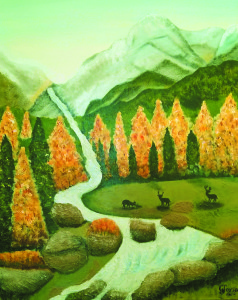
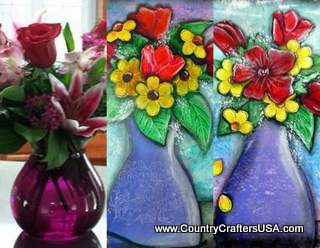
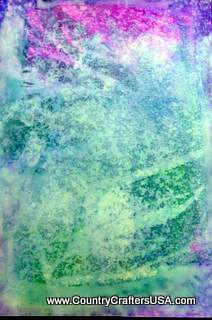
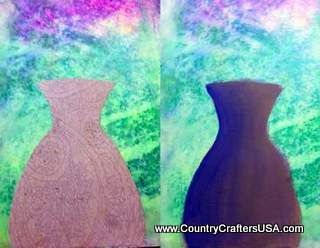
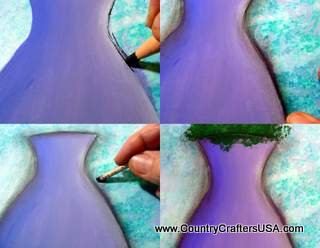
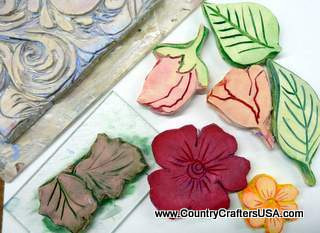
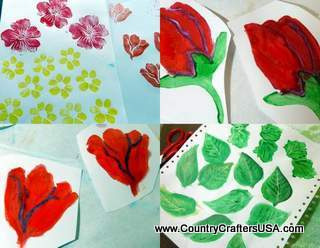
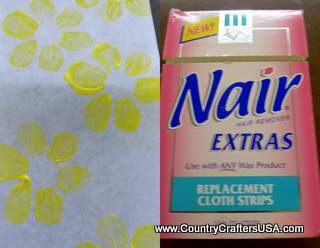
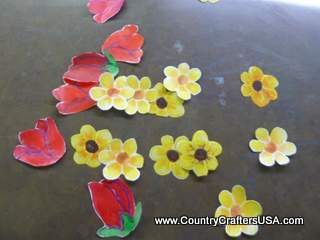
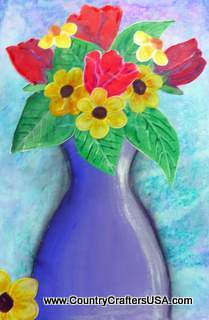
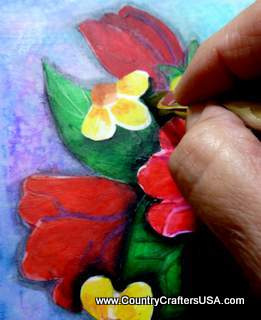
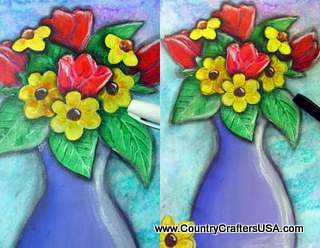
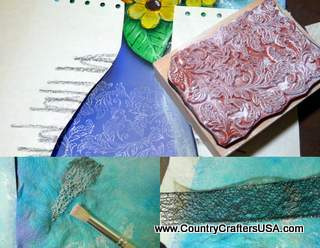
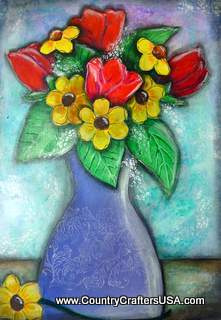
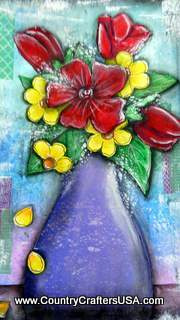
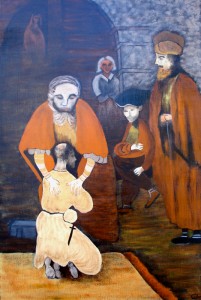
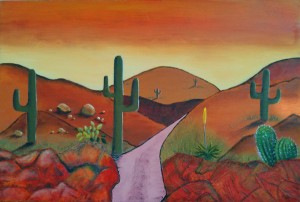



Recent Comments